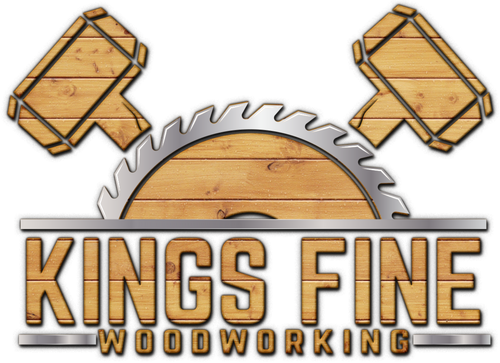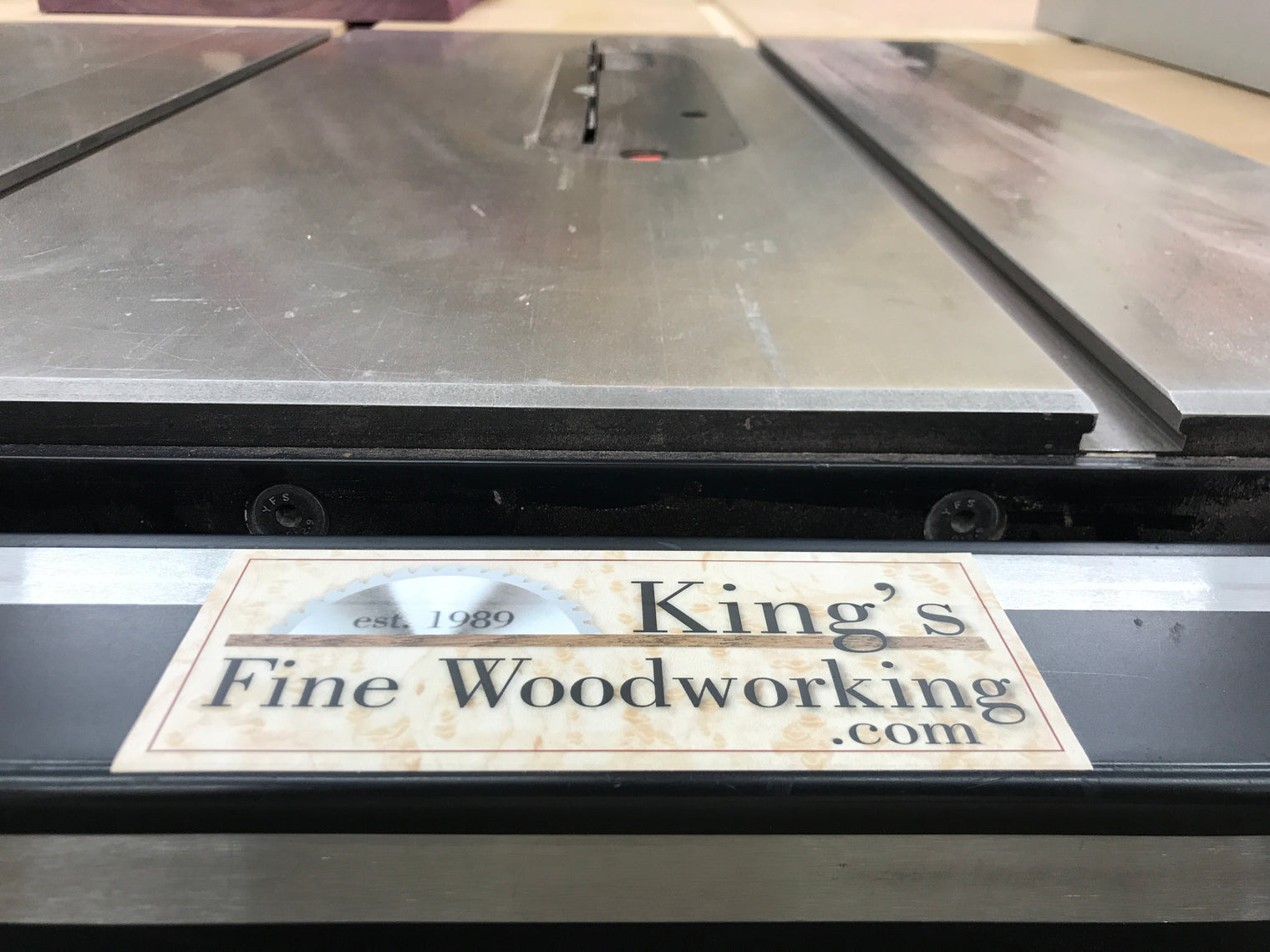How to quickly & safely remove rust from cast iron tool surfaces, and prevent rust from occurring in the future.
Go to comments (3)Article:
Removing and Preventing Rust On Your Cast Iron Tool Surfaces
The moment you notice surface rust on your table saw or other machine surfaces, you should immediately clean it off. If you don’t, and there is still any moisture present the rust could continue to work itself deeper.
The best way to remove surface rust once it has occurred, is with WD40. I like to start with 400-600 grit wet/dry sandpaper attached to a rubberized sanding block. (The block keeps the paper flat, so that you don’t want to sand grooves). Spray the WD40 on liberally and sand until the surface is polished or cleans back up.
This may involve a few sessions with wiping off the rusty oily sludge, and then spraying and sanding more. Pretty quickly you will get down to a nice shiny surface again.
Next you have to treat the surface so that it won’t rust in the future. Some think it’s ok to leave a thin film of WD40 as a protectant, but since their website list it as having a specific gravity of 0.80-0.82, and water has a specific gravity of 1.0, I wouldn’t do that. If water falls on the surface, it could go to the bottom, and the oil will just float on top of it.
The best products I have found are made by Bostik. I use GlideCote. I spray on a layer of it, let it dry, and then buff it with a soft cloth, or paper towel. This creates a surface that water doesn’t seem to penetrate.
It does wear down after use, so each month or so, I spray it again. I use it on all the cast iron surfaces in my shop. The table saw, planer, jointer, bandsaw, drill press, and others.


Removing and Preventing Rust On Your Cast Iron Tool Surfaces
Comments (3)
which glide cote product do you like?
] Acimalane bor.degi.kingsfinewoodworking.com.eaq.lt http://slkjfdf.net/
] Oleusuhei toj.vbxv.kingsfinewoodworking.com.rzi.an http://slkjfdf.net/